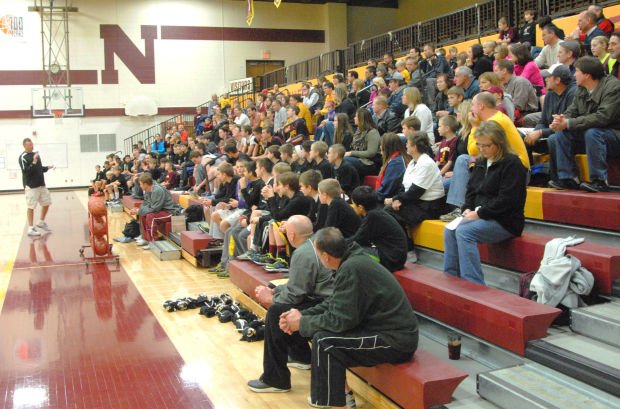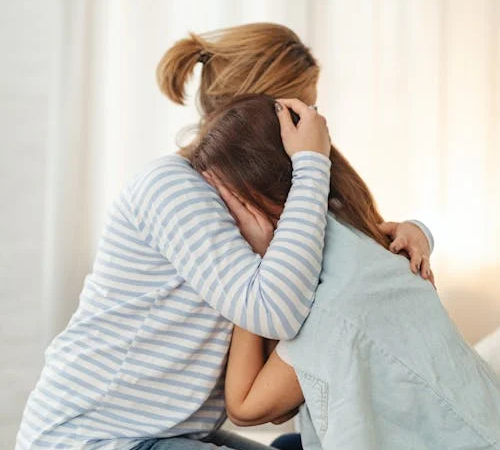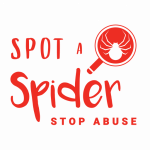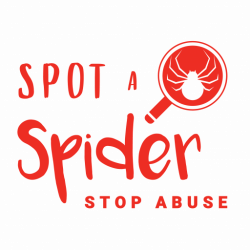Parents & Caregivers
Protect Your Child and Pay It Forward. You have the power to protect your child!

Watch these videos with your child.
When you watch these videos with your child, you are protecting them from abuse.
You are also fundraising for your team or club, or contributing to an organization committed to promoting positive, holistic, athlete-centered coaching, or to preventing and healing abuse. (Plus, for every purchase, I donate a screening to an athlete, club, or organization in an underserved community.)
Protect Your Child
By watching these videos with your child you can teach them about stop signs, red lights, and dangerous behaviors in their relationships with adults.
As a parent, you may feel grateful, reluctant, uncertain, or empowered to use these videos to teach your child how to recognize abuse.
If you feel reluctant, consider thinking about watching and discussing these videos like teaching your child to cross the street safely.
Before your child was old enough to go out in the world on their own, you walked together through your neighborhood, to school, and to the ice cream shop. You taught your child to stop at stop signs and red lights. You taught them to look both ways, and to watch for dangerous drivers drifting out of their lane, speeding or turning suddenly.


We must teach our children to recognize and respond to these signs and behaviors. And we must also demand that sports organizations, local, state, national, and international governing bodies implement “rules of the road” (comprehensive policies and procedures) to ensure our children’s safety in all environments.
It is important to discuss this topic with your child proactively, so you have paved the way for them to come talk to you if abuse has occurred or occurs in the future.
If you are uncomfortable discussing this topic, I promise that teaching your child how to protect themselves from abuse is definitely more comfortable and less heartbreaking than the conversations you will need to have with your child if they are abused.
Preparation
Watch the Videos
Before
To prepare to watch the videos with your child, and enhance your own understanding of abuse in sports, consider reading my article Ending Cycles of Abuse in Sports and Society.
During
Pay careful attention to your child. Watching these videos is meant to be interactive. If your child seems confused, curious, or uncomfortable, please pause the video and check in with them. Follow your child’s lead. Tell them that you welcome their comments and questions, and that you will respect their requests to pause or stop the video.
The more distressed they are, the more likely it is that they have a spider in their life.
Please note, the second video uses proper anatomical terminology, because research has shown that children who know the proper anatomical terms for various body parts, are better able to protect themselves from abuse.
After
Once you’ve watched the video together, keep following your child’s lead. They may want to talk or to take time to process on their own. If they want to talk, you can either have a free-flowing conversation, or use the discussion questions as a guide.
Every few months, ask them if they notice any patterns of abuse in their athletic, academic, or other activities. Ask if they suspect that someone they know might be a spider.
Let them know that you are always available to listen, and are committed to protecting them from abusive spiders.
If Your Child Has Been Abused
Your child will likely experience anxiety, depression, and perhaps even PTSD.
I provide compassionate trauma-sensitive consultations to
- Support your child’s healing
- Strategically plan next steps to determine if, when and how you want to hold abusers and enablers accountable
Book a free 15-minute consultation today.

Become an advocate
I hope that watching these videos with your child inspires you to become an advocate for preventing abuse in sports and society.
You can advocate by sharing these resources with friends, family, your child’s coach, club, school, choir…
You can also lobby your club, national governing body, and state, national, and international policymakers to implement comprehensive policies and procedures to ensure our children’s safety in all environments.

LEARN MORE
Featured Resources
Stay Connected
Invitation to your email newsletter list




